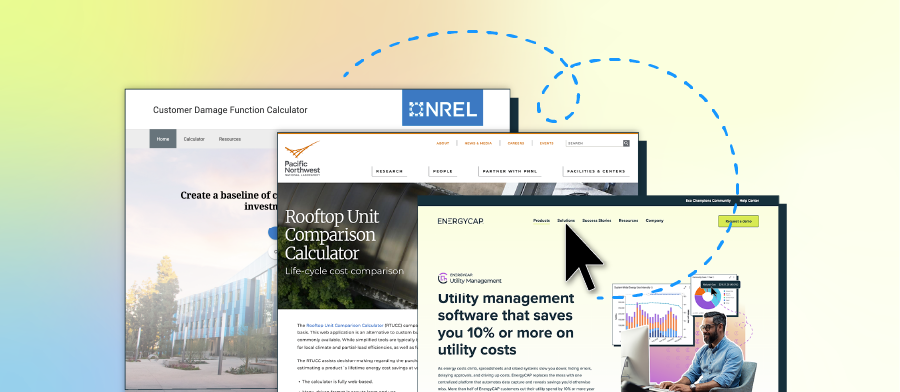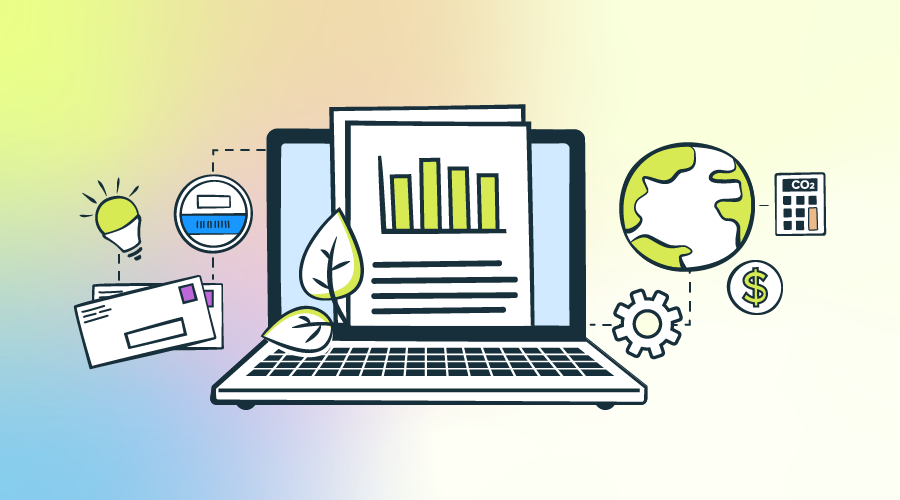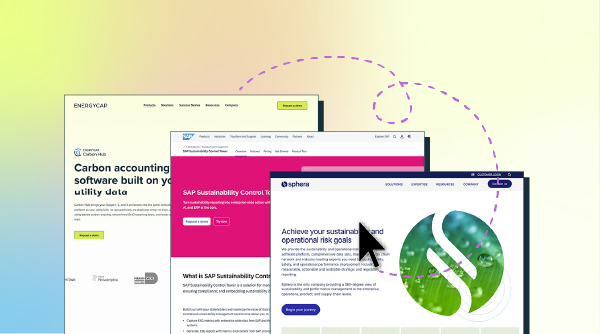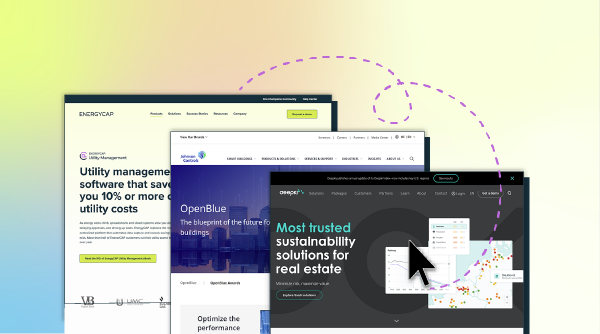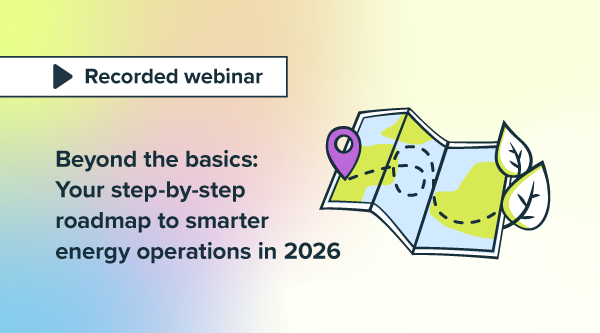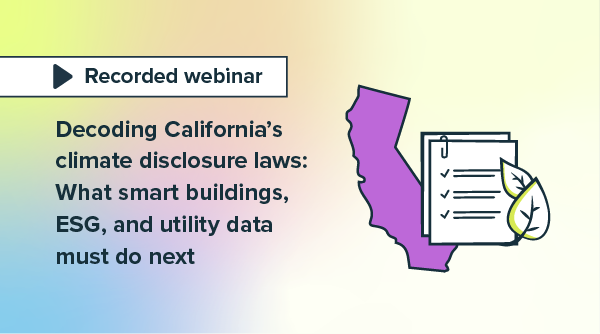Yes, very unfortunate budget cutbacks loom in the future, but for the next few months your utilities budget will be benefiting from an unexpected stimulus. Facility shutdowns and deep setbacks have slashed utilities consumption for most organizations, and those cost reductions will soon be evident.
In my next blog, we’ll look at some ways you can allocate surplus funds wisely. Today, let’s look at a good way to set utilities budget surplus expectations.
First, we’ll look at historical trends. For many organizations, shutdowns began the third or fourth week of March and will likely continue in full force for two months, and perhaps partially for a third. Utility bills, of course, have scattered start and end dates, so we’ll use calendarized data for the months of April, May and June. Here’s Report-10 with historical data for the second quarter of the year, 2019 over 2018:

By running this for Q2 for the two prior years, we have a good baseline for the second quarter of the year, about $8 million. Here are the filters that were used:
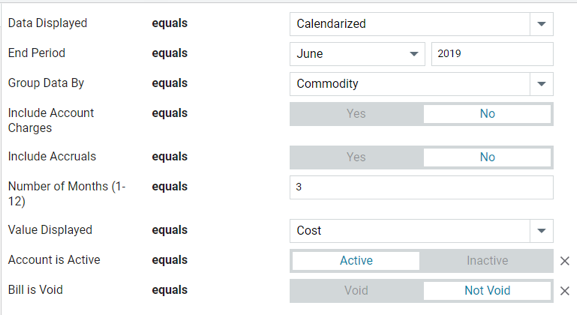
An interesting side note—Report-10 shows very stable utilities costs year-over-year, except for natural gas. Cost in 2019 plunged 37.6% below 2018. Is this due to a big reduction in use or unit cost, and what can we expect for 2020? A quick re-run of Report-10 for use instead of cost shows that the unit cost remained stable; it was the use that fell 37% in 2019 over 2018. Using WeatherDataDepot.com, I can see that heating degree days in this city in April 2018 were 150% higher than 2019. Conclusion: If the 2020 weather is trending more like 2018, expect higher cost avoidance due to shutdowns, if weather trends are more like the mild April 2019, expect lower cost avoidance.
The next part is a bit subjective, so you may want to use your own savings factors in this worksheet. Important considerations include: Will shutdowns be for a full three months, or closer to two or two and a half? Have shutdowns been deep, or did some energy and water-using activities continue? Will my rates give me the full benefit of shutdowns, or are there minimums, ratchets, etc.?
| Commodity |
Prior-year Q2 cost |
Savings factor |
2020 Budget Surplus |
| Electricy |
$6,700,000 |
x 0.75 |
$5,025,000 |
| Natural Gas |
$350,000 |
x 0.80 |
$280,000 |
| Water |
$350,000 |
x 0.90 |
$315,000 |
| Sewer |
$540,000 |
x 0.90 |
$486,000 |
| |
|
Total |
$6,106,000 |
An unexpected utilities budget surplus of over $6 million!
The obvious question is, “I see how you created the estimate, but what’s a good, simple way to track actual cost avoidance?” I recommend running Report-10 periodically to track the actual cost values. Here’s Report-10 as of today, using the same filters as shown above but changing the End Period from 2019 to 2020:

The Apr-Jun 2020 column is empty because those bills have not yet been processed, but as they get recorded, the year-over-year picture will become clearer.
And sure, there will be many competing demands and needs for these surplus utilities budget funds. In my next blog I’ll suggest a few ways you can invest a small portion of the surplus now to pay great ongoing dividends in the future. Get ready to put on your BudgetCAP!
{{cta(‘549fec34-0824-46a9-ac8e-654f2fadf87c’)}}

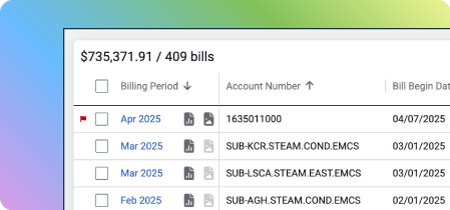


![Top 12 sustainability reporting platforms (ESG) [2026]](https://www.energycap.com/wp-content/uploads/2025/12/blog_article_top-sustainability-platforms.webp)

